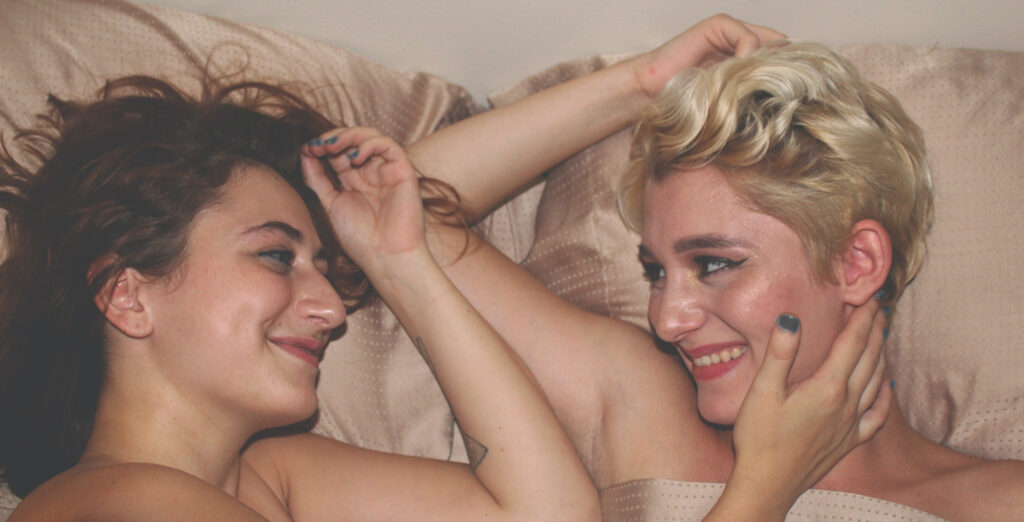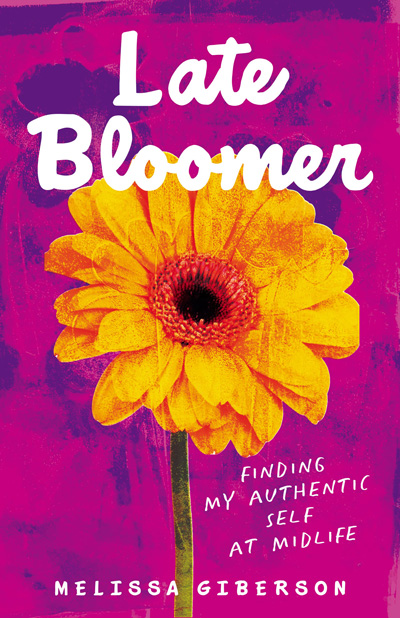
Estimated reading time: 5 minutes
Being a woman and being Jewish means being familiar with oppression — add on a third marginalized group and life gets really Interesting
—
Martin was soft-spoken and had touched a soft spot in my heart. I didn’t know much about him, but I knew he was mourning the recent death of his mother. I also knew that a physical injury, the reason he sought my services as an occupational therapist, prevented him from seeking solace in his art. And, as a psychotherapist, I knew his work included giving people hope. On this day, I broke the ‘no politics’ rule when I didn’t stop him from venting his frustration with the latest dumpster fire news cycle. I even contributed.
“Imagine how I feel,” I said, “I’m a trifecta—a woman, Jewish, and gay.”
He paused briefly, then said, “Yeah, you’re screwed.”
Conversations with my patients often assume temporary space in my mind; Martin’s words took up residence. They live next to the end-of-year comment my 8th-grade English teacher, Mrs. Katz, said in a voice meant only for me to hear.
It was 1982. The mascot was a bulldog, while a ladybug represented my previous school. As Dorothy said to Toto, I knew I wasn’t in Kansas anymore when three years earlier I arrived by bus to the educational institution filling me with fear long before my first day. The large student population and fighting incidents were no secret. Encountering the wrath of some girls early in this academic tour provided my initial experience of standing in my power while shaking in my shoes.
Having spent six years in an elementary school within walking distance from my house, and two blocks from an Orthodox synagogue, it was as though the balloon had popped.
It was in this insulated environment that my Jewish roots were planted. Most of my school friends were Jewish. I was part of the larger Jewish tribe but not a member of the Orthodox community surrounding me. Observing my neighbors taught me about Judaism—their commitment to attending Shul daily, touching the mezuzah and bringing Torah to their lips, erecting sukkahs on their back porches every fall, and displaying menorahs in their street-facing windows during Chanukah. From my living room picture window, I witnessed their pride and learned fealty.
From Mrs. Katz, I learned to be proud, too. She was an Orthodox woman who seemed better suited to teach in my ladybug grammar school than in the bulldog building of my junior high. It was her inaugural year teaching there and the girls were tough, disrupting her classroom often. One girl started a fire inside the radiator, and another stood shouting, threatening to urinate on the floor if she wasn’t given a bathroom pass. I was afraid. If Mrs. Katz was, she never wavered.
At the end of my middle school tenure, Mrs. Katz, in her long skirt, dark-haired wig, and soft-spoken voice, looked at me and said, “Don’t forget who you are.”
I never saw her again, but I never forgot her words. I held them and heeded them. I am Jewish. The first of my trifecta.
Years later as womanhood replaced adolescence, I acquired the awareness to be mindful of my surroundings, learning to suppress my fear when men catcalled me as I walked by. I learned to look over my shoulder, cross the street when necessary, and hold my keys between my fingers as a potential weapon, hoping it wouldn’t be necessary.
As a mother, I taught my daughter to speak up when she isn’t comfortable and that no means no. I never imagined she would be tested as early as five years old when a boy asked her to lift her dress. She said no and told me about the incident. She was learning the challenge of being a woman before she was out of kindergarten.
By the time my daughter was preparing for her bat mitzvah, I was confronted with another challenge—my first same-sex attraction.
Having planted firm roots with my husband, our children, and our imagined future, I set out to figure out what it all meant—my life. Me.
I sought help; reaching out to my rabbi for therapy resources and traveling to Manhattan in search of a rabbi whom I knew to be both a woman and gay. My earliest supporters were Jewish women. As a guest at Shabbat services in a Manhattan temple that displayed the same American and Israeli flags as my family’s New Jersey suburbia temple, I was mesmerized by a third one housed in this synagogue—a rainbow flag. My attention shifted between the pride banner and the diversity among the congregations’ countless same-sex couples. The Siddur was the same as my temple—threads of familiarity woven into a new, intriguing quilt.
I wrestled with the question: What if I’m gay? What are the ramifications for my family? How do you transition from being one person for forty years to being “suddenly” different?
Imagining my children being confronted with their own life-altering dilemma, I wondered how I’d counsel them. Striving for my children to be proud of their many components—their heritage, their gender, and their sexuality, meant modeling authenticity–even when accompanied by heart-wrenching consequences. Understanding this eased the burden of crossing the threshold of my new sexual orientation. Ultimately, I wanted my kids to be proud of me.
Embracing my newly realized identity, I rode out the personal storm it unleashed. As the dust at home started to settle, a nationwide political storm was stirring, and with it, a rise in antisemitic rhetoric, a spotlight on misogyny accompanied by threats aimed at women’s autonomy, and an increase in violence against the LGBTQ community. My trifecta.
Am I screwed, as my patient Martin suggested? Time will tell, but meanwhile, I’ll heed Mrs. Katz’s words and remember who I am. I am a woman, Jewish, and gay.
You may also enjoy viewing our Gallery, The Kids: A Photographic Study of the Children of Gay Parents, by Gabriela Herman.
